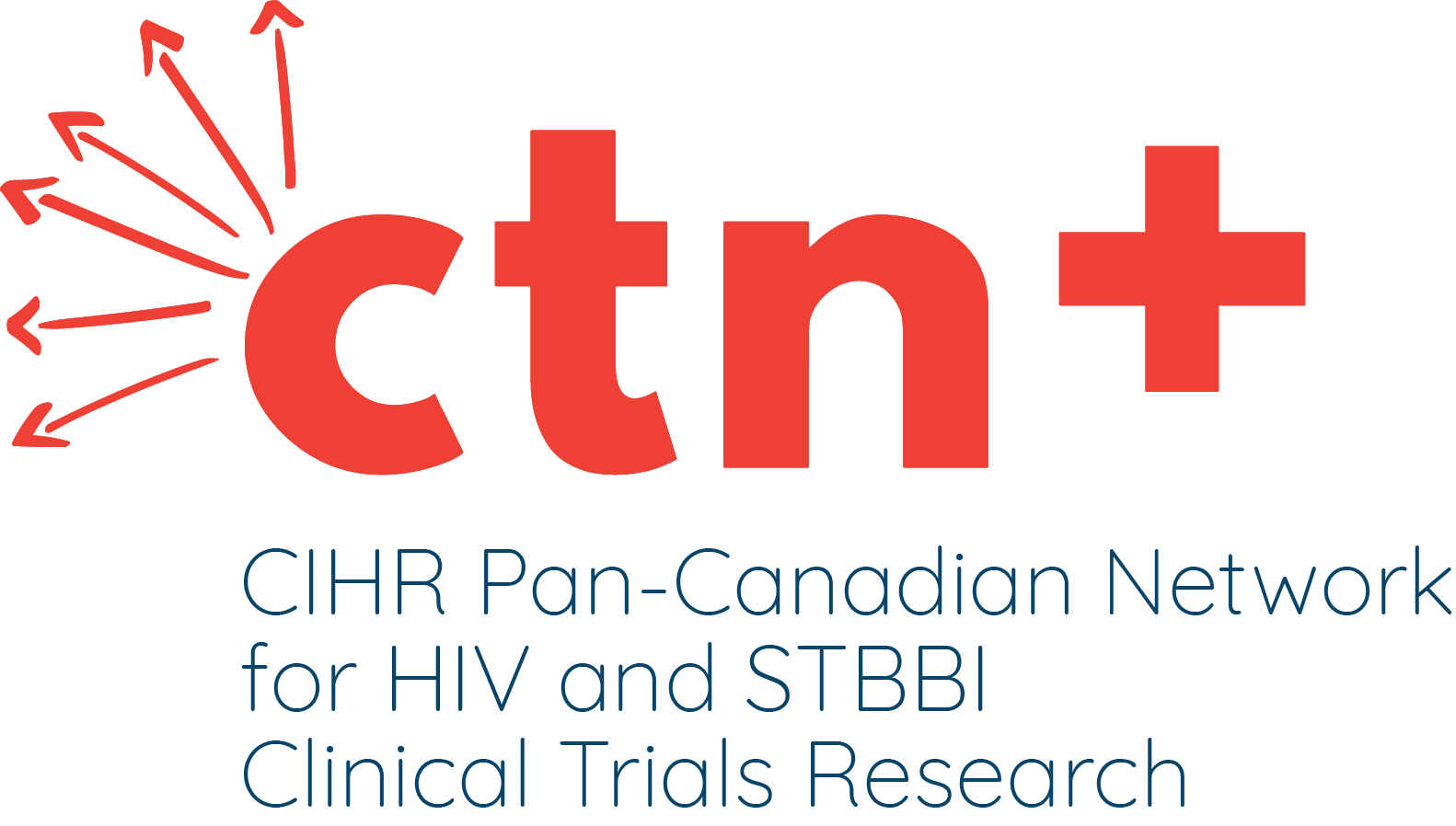About The Study
This study compared the safety and efficacy of didanosine (ddI) with that of continued zidovudine (AZT) therapy in HIV-positive participants.
Study Approach
This was a double-blind study (neither doctors nor volunteers knew which therapy they received). Participants were randomly assigned to receive standard doses of either AZT or ddI. The primary endpoint of the study was the occurrence of a new AIDS-defining illness or death.
Study population
Two hundred and forty-six participants enrolled in 10 Canadian university specialty clinics. They had received AZT for at least six months and had CD4 cell counts between 200 and 500. All but one of 246 participants were eligible; 118 received ddI and 127 received AZT. Sixty-six percent showed no symptoms of AIDS, 30% had AIDS-related complex, and 4% had AIDS. The median CD4 count was 320 at the beginning of the study. The median previous duration of AZT therapy was 471 days.
Results
Nine new AIDS-defining illnesses developed during the study; all but one were in the AZT group. A change to ddI led to a significant increase in CD4 counts by week two and persisted until the end of the study at week 48. A study 102 participants showed that 28% of the AZT group and 21% of the ddI group had high-level resistance to AZT, as measured in the lab. Only one patient in the ddI group developed high-level resistance to AZT during the study. In the AZT group, the probability of developing high-level resistance to AZT was 59% at one year. Abdominal pain, leukopenia (severe loss of white blood cells), and neutropenia (shortage of immune cells) were more frequent in the AZT group, and hyperuricemia (elevated blood uric acid level) was more frequent in the ddI group.
Conclusions
In clinically-stable individuals with CD4 counts between 200 and 500 and previous AZT use for at least six months, a change to ddI led to a decrease in the rate of progression to AIDS, a sustained increase in CD4 counts, and a decrease in the chances of developing high-level resistance to AZT. Both drugs were generally well tolerated.
